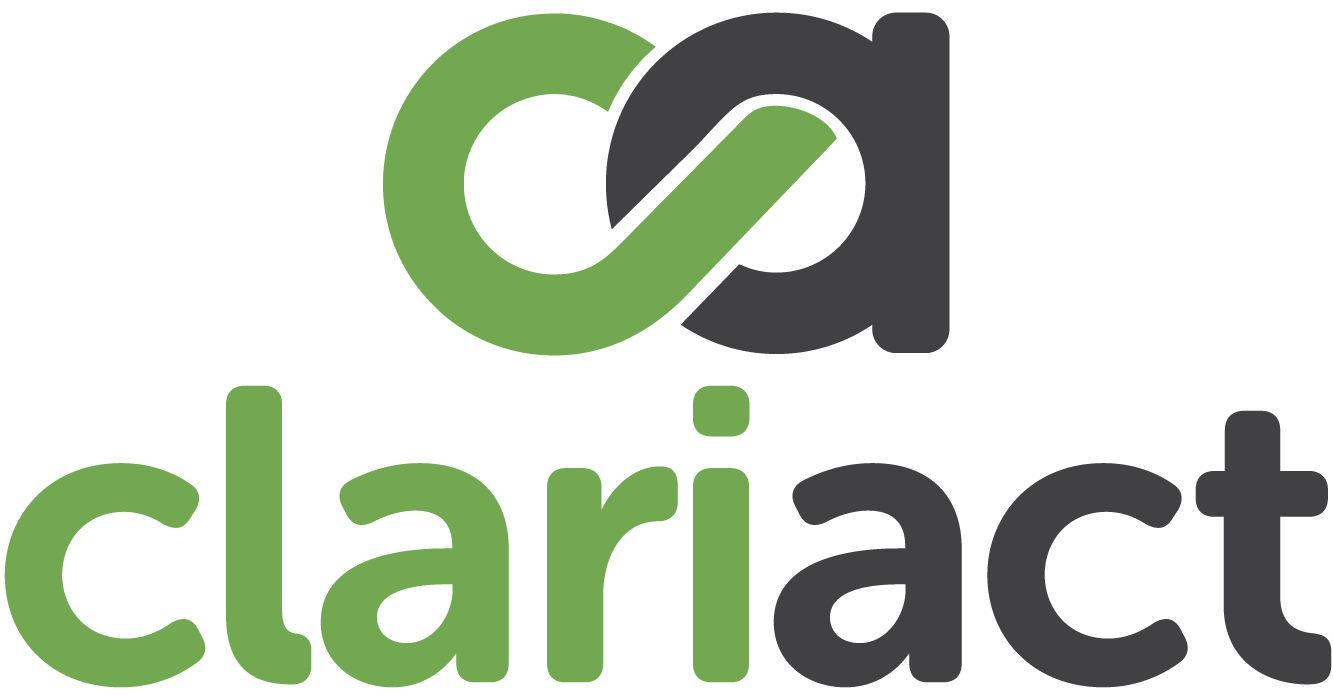Unit for Innovation and Transformation (Ekklesia: Stellenbosch University)
Researchers: Dr Frederick Marais (advisor) and Ankia Du Plooy
Introduction
Clariact, a Cape Town based company that offers training and coaching interventions to enhance the performance of teams in IT and other environments, designed an intervention called the Clariact EQ Intervention. This intervention can be used, among others, to support and enhance the Agile methodologies used in IT companies. The intervention is underpinned by various human development theories and coaching frameworks. It uses both coaching sessions and facilitated workshops to enhance performance (www.clariact.com).
The Unit for Innovation and Transformation at Stellenbosch University was approached by the owner of Clariact, Elsa Simpson, to conduct a qualitative investigation to gain insight into the participants’ experiences of the intervention.
The data collection method consisted of structured face-to-face interviews with 18 participants. The interviews were voice-recorded and transcribed to allow for thematic content analysis. The interviews were conducted between July and August 2015.
The aim of this study was to determine the impact of the outcomes of the Clariact EQ Intervention on participants and their work environments, and to use these outcomes in the planning and implementation of further interventions.
How did the Clariact EQ Intervention enhance and support Agile methodologies in the IT environment?
In essence, the intervention helped participants to acquire the emotional maturity and confidence to optimise their outputs in fast-moving Agile environments. The following themes emerged from the thematic content analysis of the one-on-one interviews with participants in the Clariact EQ Intervention, as applied in Agile environments:
Personal growth through increased self-awareness and group awareness
In terms of awareness, the intervention made a significant positive impact on all the respondents. The biggest impact on a personal level was that respondents had gained insight in terms of self-awareness (“understand myself better”) and group awareness (“understand the team better”; “appreciating the different gifts of different people”; ““without a doubt changed my perspective”). This led to increased team cohesion and team functioning (“helped to work more collaboratively”; “were able to make new connections”), better communication (“helped to go straight to the point”) and increased outputs, which are crucial in Agile environments. In essence, this helped participants to acquire emotional maturity.
Increased clarity on team roles, leading to increased confidence and empowerment of team members
Team members felt empowered in the functional roles, which created confidence that impacted personal lives as well as team functioning (“team roles were affirmed and that created more confidence”; “good understanding of the team and how they work together to become more productive”; “helped working with different teams and knowing the unique angle where to work from as well as knowing the unique energy of the different teams”). The intervention created a space in which people were able to undergo “huge shifts” in their lives. This also helped them to cope with the trauma of organisational change.
Increased team functioning and team outputs
Team members agreed that the intervention led to significantly enhanced team functioning (“less judgement in the team”; “took away the barriers and guards”; “a lot more tolerant towards the other team members”; “all are different, but that the differences complement each other”; “closer relationships improved the team’s functioning”; “much more collaboration and respectful interaction”; “not only black and white, also pay attention to the emotional side of people”; “the biggest team function change would definitely be understanding”; “it just made me feel more sure of what I was doing in my team, and the contribution I was making to the team”).
Stronger leadership and management skills
Respondents in managerial positions commented that the tools and skills they had acquired during the intervention helped them to be better managers and leaders (“gave leaders tools to enhance their leadership style and to use in managing and creating the teams”; “helped from a management perspective to understand how to engage with different individuals and different teams”).
Ideal fit with Agile methodologies in IT environments
The intervention supported the ability of team leaders to put together high-performing and self-sufficient teams (“better communication enhanced performance and individual discipline”; “could form teams to fit each other and complement each other to improved performance”; ““for Agile methodologies to work you really need to understand the people in the team that you’re working with, as well as possible, because it requires a lot more interaction between individuals than another process”; “and one of the things Agile strives to do is to take the personal individual qualities, and take those into account in the way teams function. And the intervention certainly supported that and helped the team to be able to use the individual traits they had better, and to understand each other better, which is very central to agile”; “build trust in the teams, which is something from the Agile environment you really try to build from the beginning”.)
Enhanced ability to deal with change
A significant number of participants made mention of their new approach to change and their ability to handle change better after the intervention. The intervention was particularly valuable to a number of IT people working for a company in the process of restructuring (“a company going through restructuring and retrenchments is like a slow motion car crash… and the intervention gave first aid”; “handled change more maturely and used it as a growth”; “because they went through deep change on a personal level that positively impacted them, to be in a better position to handle the organisational change”).
Efficiency of the intervention
The intervention used a combination of one-on-one coaching sessions (“appreciated the deep listening”; “one-on-ones deepened the whole journey”) and facilitated workshops to enhance performance. Prior to the actual intervention, participants were invited to do a number of online assessments, including the Organic ScoreCard. This was well received by the participants (“you could drive straight to the point and didn’t spend months sitting in therapy until you eventually stumbled on it. So it was really a tool to give you a map, and then through discussion and so on it facilitated us getting to the issue really quickly… it saved a lot of time, the assessment (helped you) to go straight where we actually needed to work”; “I was surprised that out of so few questions you could get such an accurate picture”). Participants also commented on the integrated approach to performance enhancement (“was not only about work, but an integrated process about life”; “helped to evolve as a person”; “positive towards the company who made the investment”; “this was by far the most insightful exercise I think I’ve ever done”).

